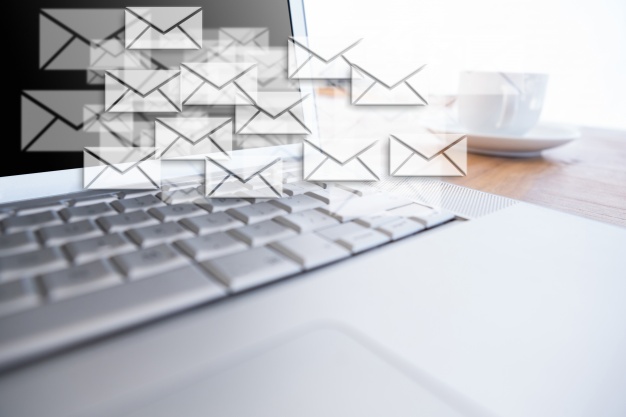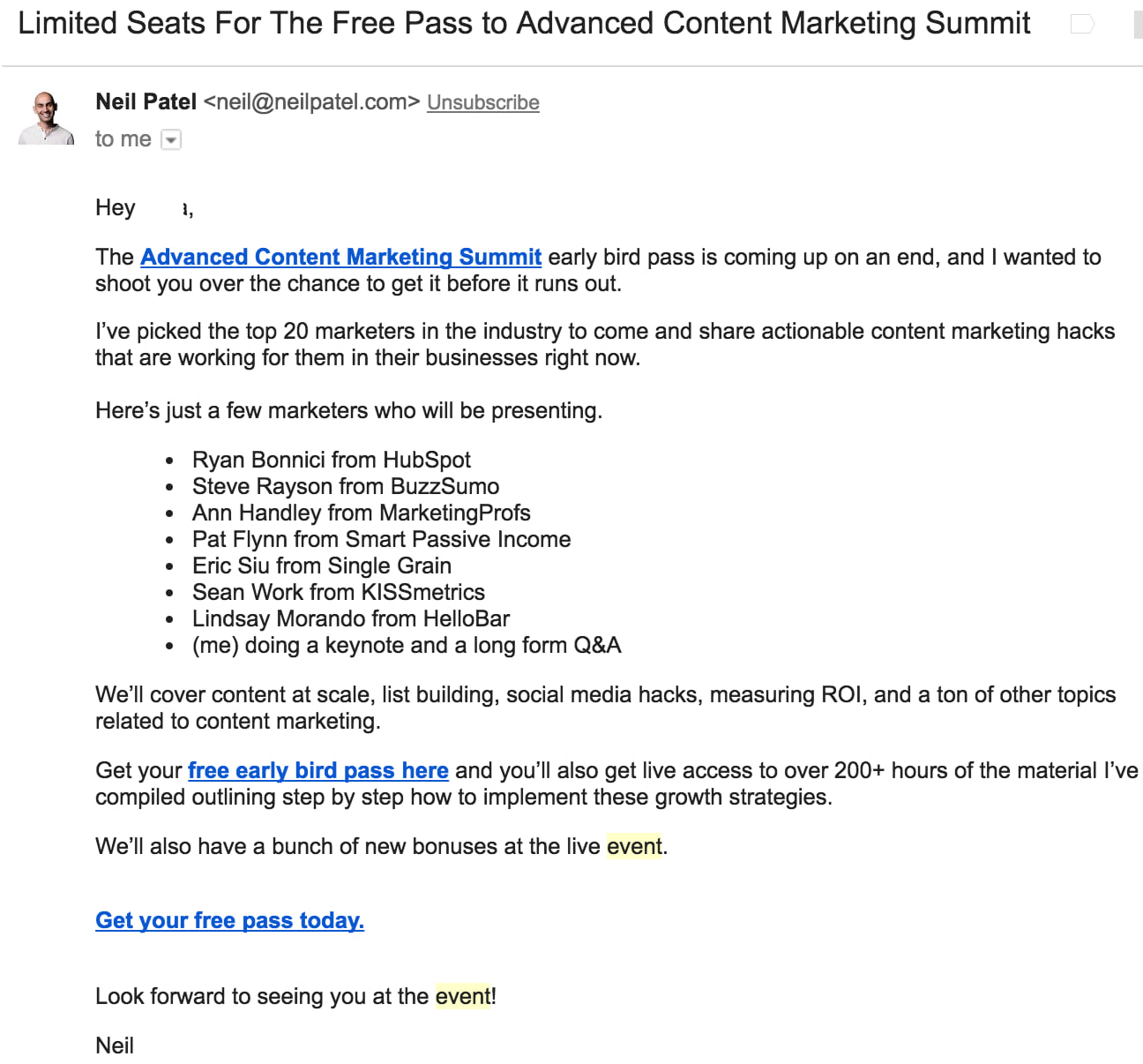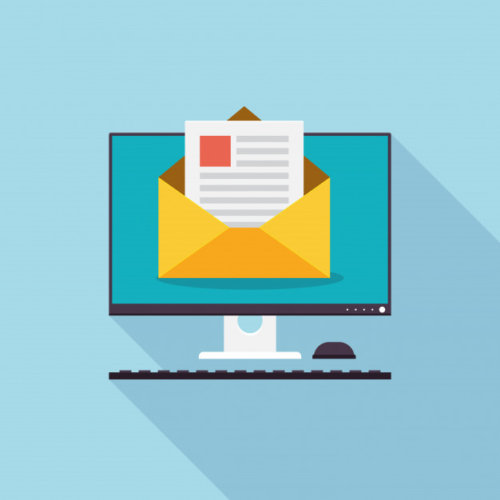An invitation is how you create the first impression of the event itself. Considering this, it’s extremely important to master how to write a formal invitation letter for an event.
What makes an email “formal?”
People often do not know how to write a formal invitation letter for an event because the process could seem both tedious and difficult. Nevertheless, formal writing is, in fact, easier than you think.
The style of an email is what constitutes its formality. You should be concise in what you are trying to say. Your future guests need to get all the necessary information about the event from your invitation – so, it’s pivotal to be clear and brief.
You may also be writing an invitation email to media for coverage of an event. In this case, it is necessary to describe why your occasion is important enough to be covered. However, the main principles are the same: outline the most significant information.
To create an excellent formal email invitation for the event, include the following in your email:
- The type of event
- Place and date
- Schedule
- Main speakers, activities, etc.
- Registration information
These details vary depending on the type of the event, so this is a general structure. Your future guests should be aware of what the event is going to be about, its purpose, etc. Try to make people interested and convince them (in a soft way) to attend your event.
Keep in mind that individual corporate email messaging as well as a business newsletter is a huge part of business success in any niche. Clients are the essential foundation of business and the manner of interacting and communicating with them means a lot. It is difficult to satisfy everybody in an individual order, however (especially, if manage a mid to large-scale company. Use Nimble CRM to keep everything in check and make your life easier with automated email capabilities.
Different Occasions Require Different Approaches
Let’s discuss the specific principles of writing a formal invitation email that strongly depends on the type of event you are organizing.
1. Seminar
It is essential to outline the topic of future discussions and to include information about the invited speakers. Sometimes, people may be interested not in the topic itself but in the speakers, so do not miss the opportunity to intrigue people with some names.
2. Meeting
In some cases, the person you send your email to won’t even be the one to read it first — secretaries may filter them beforehand to see which ones are important enough. Considering this, you should use an informative subject line and outline the reason for the meeting clearly.
3. Conference
Conferences often have a schedule and a number of activities or discussion panels. That is why it is crucial to indicate not only the location and date but also provide your guests with the schedule. You can describe it briefly or add a link with further information. You should also consider adding a button or link for online registration – it is rather convenient for those you are writing to.
Must-Have Elements in Formal Emails
There are some key elements each formal invitation must include. Your invitation should answer a simple list of the questions:
- Who is inviting and who is invited?
- What is the purpose of the event?
- Why should people attend it?
- When does the event start?
- Where does it take place?
Concise answers to these questions in this order are what makes up the structure of your email. You can add specific details or features to your emails, such as the registration form or the ability to add an event to the Google Calendar. Still, remember that this list is the must-have information you should include no matter what.

How to Write an Invitation: Tips on Each Element
Writing an excellent formal email means paying attention to details. You will impress everybody if all parts of your invitation are written not just properly but with style.
What are the structural elements of the email?
1. Subject
The subject is what your email’s recipients will see first when they open their inboxes. Unless you capture the person’s interest, he or she won’t read any further. The main aim of the subject line is to provide them with as much information as possible while being brief. So, summarize the message behind the email in 30-40 characters.
2. Opening and Closing
These parts clarify who sent the mail. The line “from” is not enough when you write a formal invitation email for an event. Begin your letter with a formal greeting. It is not essential to mention the name of your addressee (many people use the standard “Dear Sir or Madam” phrase). However, it is an opportunity to emphasize the importance of each guest with writing his or her name. Obviously, this should be done without spelling mistakes, so if you are not sure about the spelling, a neutral greeting is better than the one with mistakes.
The name of your organization can be mentioned in the opening, but we strongly recommend to place it at the end as well. This can be done via special email signatures that are provided by different email services. Remember to be formal and replace closings you use for friends with something neutral, like “We are looking forward to your reply.”
3. Body
This part has to include all the information about the event. It consists of whatever you think is important for your guests. Mention the key details, then write about less significant information. Remember about being brief – it is always better than being too eloquent.

Etiquette in Formal Writing
There are six more etiquette tips you should keep in mind when writing a formal email:
- Never use your personal account for sending formal emails – use the corporate one only
- Use the ‘reply all’ option only if absolutely necessary
- Use formal greetings (not ‘Hi, everyone’ or ‘Yo’)
- Cut on the exclamation points – don’t use more than one in a row
- Make sure you’ve double checked your attempts at your humor – not all jokes are funny to everyone
- Proofread – mistakes in emails will make your event’s image plummet.
Formal Email Samples and Templates
The Internet is full of ideas for writing formal emails. You can also find a formal invitation email sample for an event on some websites. Besides, most text editors have built-in email templates. Using a formal invitation letter sample for an event can be an option for those who want to write a good invitation email without having much experience.
Here are a couple of examples you can get inspired by:


In Conclusion
Having to write a formal email is something we all may face. Everyone may get baffled with mentioning a lot briefly and tersely, but we are sure that with the help of this guide and ready-made templates you will succeed in inviting guests like a pro.

